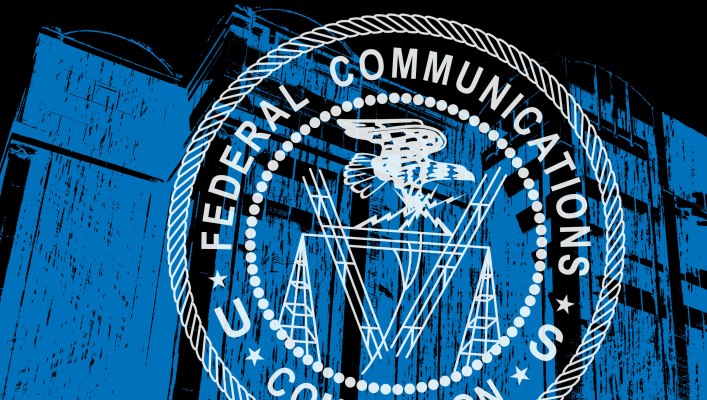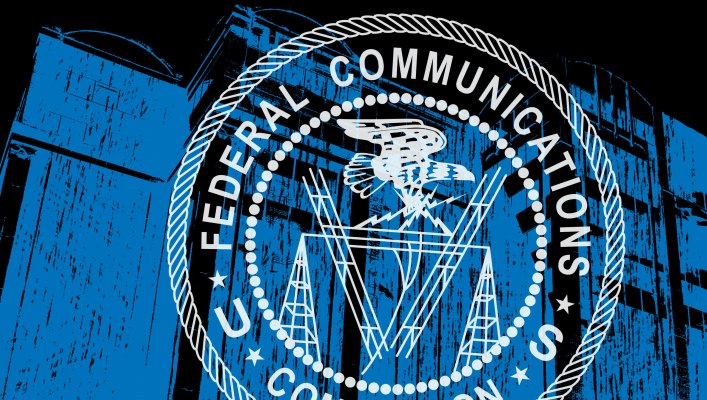NEWS
FCC Commissioner disparages Trump’s social media order: ‘The decision is ours alone’


FCC Commissioner Geoffrey Starks has examined the president’s executive order that attempts to spur the FCC into action against social media companies and found it wanting. “There are good reasons for the FCC to stay out of this debate,” he said. “The decision is ours alone.”
The order targets Section 230 of the Communications Decency Act, which ensures that platforms like Facebook and YouTube aren’t liable for illegal content posted to them, as long as they are making efforts to take them down in accordance with the law.
Some in government feel these protections go too far and have led to social media companies suppressing free speech. Trump himself clearly felt suppressed when Twitter placed a fact-check warning on unsupported claims of fraud in mail-in voting, leading directly to the order.
Starks gave his take on the topic in an interview with the Information Technology and Innovation Foundation, a left-leaning think tank that pursues tech-related issues. While he is just one of five commissioners and the FCC has yet to consider the order in any official sense, his words have weight, as they indicate serious legal and procedural objections to it.
“The executive order definitely gets one thing right, and that is that the president cannot instruct the FCC to do this or anything else,” he said. “We’re an independent agency.”
He was careful to make clear that he doesn’t think the law is perfect — just that this method of changing it is completely unjustified.
“The broader debate about section 230 long predates President Trump’s conflict with Twitter in particular, and there are so many smart people who believe the law here should be updated,” he explained. “But ultimately that debate belongs to Congress. That the president may find it more expedient to influence a five-member commission than a 538-member Congress is not a sufficient reason, much less a good one, to circumvent the constitutional function of our democratically elected representatives.”
The Justice Department has entered the picture as well, offering its own recommendations for changing Section 230 today — though like the White House, Justice has no power to directly change or invent responsibilities for the FCC.
Some legislators have likewise begun floating potential bills, but none is anywhere near being signed into law.
Fellow Commissioner Jessica Rosenworcel echoed his concerns, paraphrasing an earlier statement on the order: “Social media can be frustrating, but turning the FCC into the President’s speech police is not the answer.”
After detailing some of the legal limitations of the FCC, Section 230 and the difficulty and needlessness of narrowly defining “good faith” actions, Starks concluded that the order simply doesn’t make a lot of sense in their context.
“The first amendment allows social media companies to censor content freely in ways the government never could, and it prohibits the government from retaliating against them for that speech,” he said. “So much — so much — of what the president proposes here seems inconsistent with those core principles, making an FCC rulemaking even less desirable.”
“The worst case scenario, the one that burdens the proper functioning of our democracy, would be to allow the laxity here to bestow some type of credibility on the executive order, one that threatens certainly a new regulatory regime upon internet service providers with no credible legal support,” he continued.
Having said that, he acknowledged that the order does mean that some action should take place at the FCC — it may just not be the kind of resolution Trump wishes.
“I’m calling to press [the National Telecommunications Industry Association] to send the petition as quickly as possible. I see no reason why they should need more than 30 days from the executive order’s issuance itself so we can get on with it, have the FCC review it and vote,” he said. “And if, as I suspect it ultimately will, the petition fails at a legal question of authority, I think we should say it loud and clear, and close the book on this unfortunate detour. Let us avoid an upcoming election season can use a pending proceeding to, in my estimation, intimidate private parties.”
A lot of this is left to Chairman Ajit Pai, who has fairly consistently fallen in line with the administration’s wishes. And if the eagerness of Commissioner Carr is any indicator, the Republican members of the Commission are happy to respond to the president’s “call for guidance.”
So far there has been no official announcement of FCC business relating to the executive order, but if the NTIA moves quickly, we could hear about it as early as next month’s open meeting.
TechCrunch


















